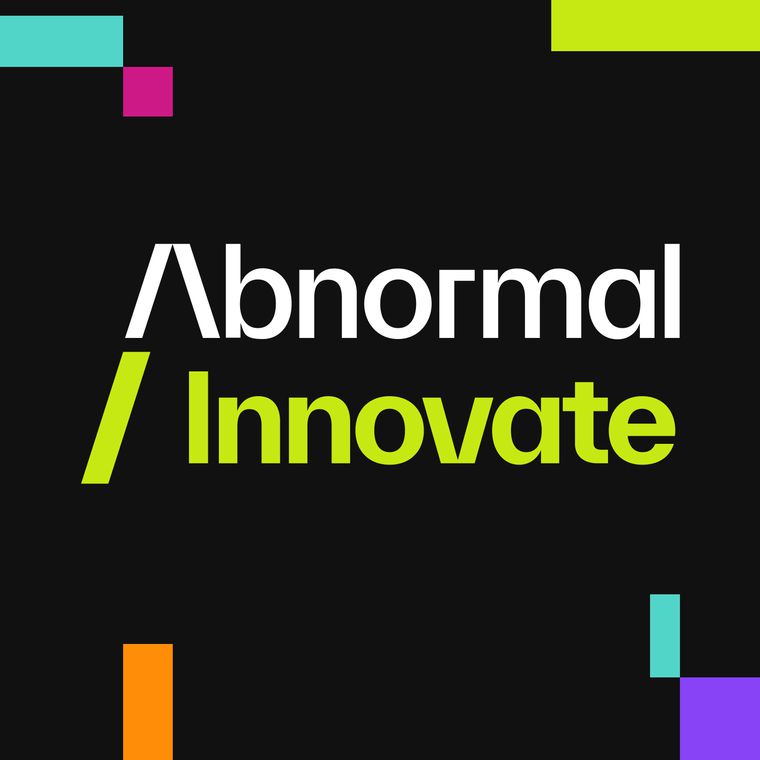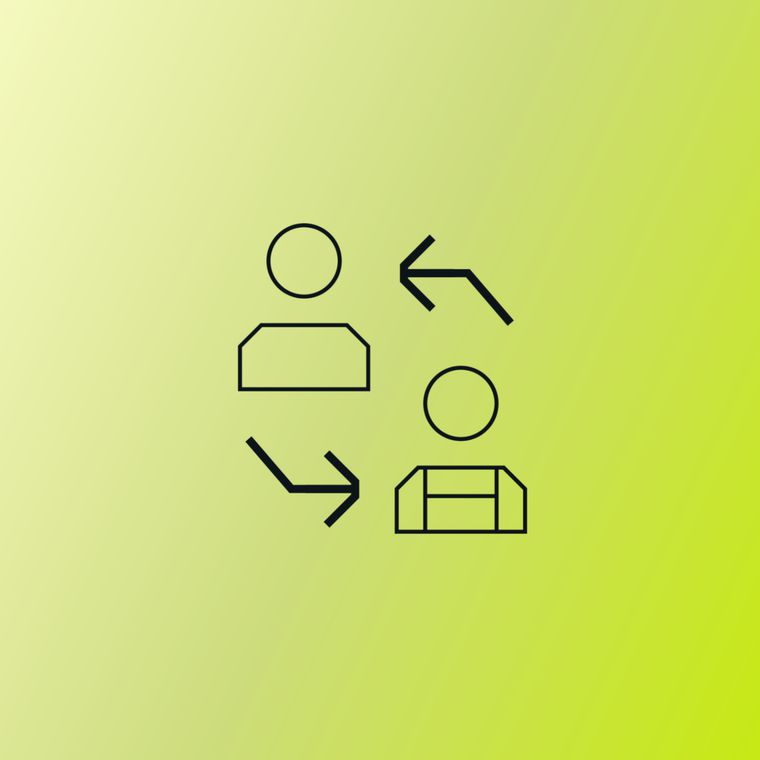CIEM vs. PAM: Understand the Differences and When to Use Each
Compare CIEM and PAM tools to choose the right fit for managing access in hybrid cloud environments.
Abnormal AI
Cloud entitlements represent the fastest-growing attack surface in enterprise security. Attackers exploit over-privileged identities through phishing, while developers create permissions that rarely expire. Public clouds generate extensive permissions beyond traditional controls. Even after addressing compromised credentials, attackers pivot through unused rights outside password vaults.
Cloud identity risk requires two complementary solutions: Privileged Access Management (PAM) to lock down credentials and Cloud Infrastructure Entitlement Management (CIEM) to govern resource access. This guide explains how PAM and CIEM differ, where each excels, and how combining them closes critical security gaps.
Managing Cloud Entitlements and Privileged Access: Why It Matters
Cloud scale transforms access management into a volume problem, creating extensive privileges that attackers can exploit. Over-privileged identities are prime attack vectors, with costs multiplying for each unchecked entitlement.
Modern deployments spin up hundreds of ephemeral services with unique Identity and Access Management (IAM) policies. Privileged Access Management secures critical credentials but can't address the sprawling permission web attached to every workload. Cloud Infrastructure Entitlement Management fills this visibility gap by continuously inventorying identities across clouds and flagging excessive permissions.
These complementary approaches work together: PAM governs who accesses critical systems, while CIEM ensures those systems grant only necessary permissions. Without both, your attack surface expands faster than you can secure it.
What Is Privileged Access Management (PAM)?
PAM secures high-risk administrator accounts by vaulting credentials, enforcing multi-factor authentication, and recording all privileged sessions. It protects root, domain admin, and database admin accounts that can bypass normal security controls.
Key PAM capabilities include:
Credential vaulting with automatic rotation
Mandatory multi-factor authentication
Complete session recording and forensic replay
Shadow admin discovery across environments
Compliance-ready audit logs with tamper-proof evidence
While PAM excels in traditional environments, it faces challenges with cloud scale and machine identities. Despite this limitation, it remains essential for securing critical credentials, especially when complemented by cloud-specific entitlement solutions.
What Is Cloud Infrastructure Entitlement Management (CIEM)?
CIEM continuously monitors and manages permissions across multi-cloud environments to enforce least-privilege access. It maps all identities, human and machine, that can access your cloud resources, identifying excessive permissions before attackers can exploit them.
Key CIEM capabilities include:
Continuous identity inventory across cloud platforms
Automated detection of over-privileged accounts
Just-in-time permission removal and remediation
Effective permission analysis across complex inheritance chains
API integrations with existing security tools
CIEM addresses challenges traditional tools can't handle: extensive granular permissions, ephemeral resources, and machine identities that outnumber humans. Its API-driven architecture scales with cloud workloads, though it doesn't replace PAM for credential vaulting or session recording.
This permission-centric approach ensures every identity, from administrators to serverless functions, holds only necessary access rights, dramatically reducing your attack surface.
CIEM Vs. PAM: Key Differences
PAM safeguards powerful credentials, whereas CIEM continuously rightsizes the permissions those credentials can exercise, so you need both perspectives to achieve true least privilege.
The main distinctions between these complementary technologies include:
Scope and Depth: PAM's scope is narrow but deep. It locks away root passwords, rotates them, and records every privileged session. This account-centric design excels when you must prove who typed a command on a firewall or database. CIEM's scope is the opposite: it maps every effective permission across users, service accounts, and serverless functions, inside and across clouds. By ingesting cloud-provider APIs, a CIEM platform shows you the full blast radius of any identity and flags excess rights before attackers notice them.
Target Users: PAM concentrates on human administrators; its vault and approval workflows assume a person initiates the session. CIEM treats humans and machines equally. Modern workloads spin up thousands of non-human identities, and CIEM automatically inventories them, a capability highlighted by One Identity's CIEM overview. If your biggest blind spot is a Lambda function that can open an S3 bucket, PAM will never see it, CIEM will.
Risk Approach: The two tools approach risk from different angles. PAM is identity-centric: grant access sparingly, monitor relentlessly, and keep auditable logs. CIEM is permission-centric: calculate effective access, score its risk, and remove anything unnecessary. That permission analytics, as described in Rapid7's CIEM fundamentals, allows for automatic remediation that would otherwise overwhelm manual reviews.
Deployment Models: Most PAM platforms started as on-premises appliances and still rely on jump servers or agents. CIEM arrives as an API-driven SaaS layer and integrates through read-only cloud roles, making it inherently easier to scale across cloud platforms.
Core Features: While PAM shines at password vaulting, multi-factor enforcement, and session recording for forensic investigations, which are capabilities that auditors love. CIEM offers real-time entitlement inventories, risk scoring dashboards, and one-click least-privilege fixes, filling the governance gap that PAM leaves open.
Cloud Scalability: This creates the clearest distinction. Ephemeral resources appear and disappear in seconds; PAM's ticket-based workflows can't keep up. CIEM's continuous scans adapt instantly, ensuring that even short-lived containers never inherit toxic combinations of rights. For dynamic cloud estates, CIEM provides the agility; for high-risk human actions, PAM delivers the control. Used together, they close both avenues of attack.
When to Deploy PAM, CIEM, or Both: Making the Right Choice
Choosing between PAM and CIEM comes down to where you run critical workloads, who (or what) needs access, and how fast permissions mutate in your environment. Here's a practical framework to help you make a decision:
Choose PAM for Human-Initiated Privileged Actions
PAM makes sense when critical systems sit on-premises or in hybrid data center, where you must vault and rotate administrator credentials on rigid schedules. The technology excels when detailed session recording and forensic replay are mandatory for audits, particularly when insider threat or break-glass access represents your primary risk scenario. Regulatory frameworks that focus on privileged account governance make airtight audit trails non-negotiable, making PAM the clear choice for these environments.
Choose CIEM for Cloud Scale and Machine Identities
CIEM dominates when your organization operates mainly in AWS, Azure, or GCP and spins up resources continuously. The platform handles thousands of service accounts, functions, and containers that hold sensitive permissions. Your biggest exposure comes from excessive or unused entitlements rather than stolen passwords, requiring continuous, automated right-sizing of privileges to enforce least privilege. Compliance teams get real-time visibility into every cloud identity and its effective permissions, making CIEM essential for cloud-native security.
Choose PAM for Regulated Industries with Strict Audit Requirements
PAM delivers the specialized governance required in heavily regulated sectors like financial services, healthcare, and critical infrastructure. When you need tamper-proof evidence of who accessed what system and when, PAM's session recording capabilities provide the comprehensive audit trail that regulators demand. Organizations with mature security operations centers often prefer PAM's established workflows for investigation and remediation during incidents, making it the preferred solution when accountability trumps automation.
Choose CIEM for Rapidly Scaling DevOps Environments
CIEM shines in organizations embracing GitOps, Infrastructure-as-Code, and CI/CD pipelines where permissions change hourly. When development velocity is paramount and teams provision their own cloud resources, CIEM's API-driven approach and cloud-native integrations prevent permission bloat without hindering innovation. Its ability to calculate effective permissions across complex inheritance chains and detect toxic combinations makes CIEM ideal for environments where manual reviews simply can't keep pace with deployment frequency.
Choose PAM for Access Delegation and Time-Limited Elevation
PAM provides superior controls when temporary administrative access must be carefully orchestrated and monitored. Its just-in-time privilege elevation, approval workflows, and detailed logging create a controlled environment for third-party vendors, consultants, and emergency access scenarios. The ability to automatically terminate sessions after a predefined period or upon detection of suspicious activity makes PAM essential when delegating sensitive access outside your immediate security perimeter.
Choose CIEM for Multi-Cloud Governance and Consistent Policy Enforcement
CIEM offers a unified control plane when your infrastructure spans multiple cloud providers with inconsistent permission models. Its ability to normalize and translate entitlements across AWS, Azure, GCP, and others provides the standardized visibility needed to enforce consistent policies organization-wide. Companies undergoing cloud migration or maintaining hybrid environments benefit from CIEM's ability to identify permission inconsistencies that create security gaps between platforms.
Choose CIEM for Cloud Scale and Machine Identities
CIEM dominates when your organization operates mainly in AWS, Azure, or GCP and spins up resources continuously. The platform handles thousands of service accounts, functions, and containers that hold sensitive permissions. Your biggest exposure comes from excessive or unused entitlements rather than stolen passwords, requiring continuous, automated right-sizing of privileges to enforce least privilege. Compliance teams get real-time visibility into every cloud identity and its effective permissions, making CIEM essential for cloud-native security.
Deploy Both for End-to-End Coverage
Many enterprises layer CIEM on top of existing PAM deployments to close cloud-permission gaps. CIEM can flag an over-privileged role that a PAM-controlled admin created, while PAM records the corrective session that removes the excess rights.
This creates powerful synergy where PAM secures high-risk entry points like root accounts, VPN gateways, and critical databases, while CIEM continuously inventories every identity, scores permission risk, and auto-remediates configuration drift.
Shared APIs allow CIEM alerts to trigger PAM actions such as immediate credential rotation or session termination, providing closed-loop control across on-premises, hybrid, and multi-cloud environments. This alignment reduces attack surface without slowing developers or administrators.
Beyond Access Management: How Abnormal AI Closes the Human-Layer Gap
PAM and CIEM excel at infrastructure controls but remain vulnerable to their greatest weakness: humans. PAM's long-lived credentials are prime phishing targets, while CIEM's limited session monitoring leaves user behavior in blind spots, neither solution addresses the social engineering attacks that turn legitimate access into malicious activity.
Abnormal closes this visibility gap by monitoring people, not just permissions. Its behavioral AI establishes baselines for each user's communication patterns across email, Slack, and Teams, then surfaces subtle anomalies that traditional controls miss: invoices sent outside business hours, OAuth tokens used for financial transfers, or message threads where banking details quietly change. Because Abnormal deploys via API integration rather than disruptive proxies or agents, it provides immediate coverage without workflow interruption.
This creates true defense in depth: PAM and CIEM enforce least-privilege access and continuously right-size permissions, while Abnormal detects the credential phishing and social engineering that weaponize that access. When Abnormal flags a compromised account, security teams can automatically trigger PAM session termination or CIEM permission revocation, transforming three independent tools into one coordinated incident response.
The result is a security posture that acknowledges reality: identity governance will always face human error, but combining rigorous access controls with behavioral detection makes it exponentially harder for attackers to escalate one compromised credential into enterprise-wide damage.
Want to learn more? Book a personalized demo today!
Related Posts

July 31, 2025

July 30, 2025

July 28, 2025
Get the Latest Email Security Insights
Subscribe to our newsletter to receive updates on the latest attacks and new trends in the email threat landscape.